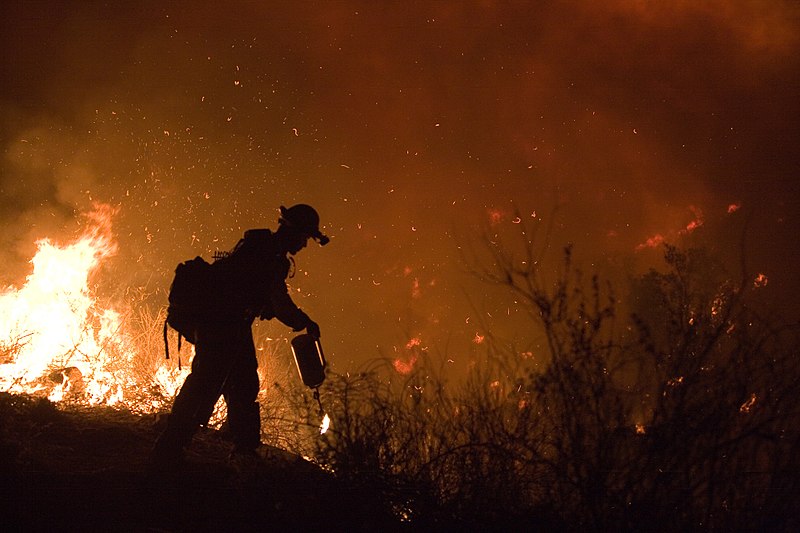A challenging combination of raging wildfires, poor air quality and planned power outages meant to prevent further fires has already led to myriad school closures up and down the Golden State this fall — with significant time left in the state’s wildfire season. California’s dynamic weather patterns, climate change, historic winds and dangerously low humidity will likely pose severe risks well through November, if not beyond.
Considering the paramount importance of student and staff safety, school district and county office of education leaders can utilize several resources in helping them make prudent decisions about school closures, outdoor time for students, after-school activities and other pressing issues.
The impact of Public Safety Power Shutoffs
One of California’s most destructive wildfire seasons on record in 2018 resulted in utility companies in both Northern and Southern California introducing Public Safety Power Shutoffs in 2019. The program calls for utilities such as Pacific Gas & Electric and SoCal Edison to turn off electricity when gusty winds and dry conditions are forecast.
To date, PG&E, SoCal Edison and other utilities have implemented the planned shutoffs several times throughout a majority of California’s 58 counties, resulting in some schools and communities being without power for days at a time. Even if schools are open during the outages, many schools are finding it difficult for students to make it to campus in these conditions.
The California Department of Education has made resources available online for the considerable number of districts impacted by the loss of average daily attendance due to the planned outages. Information pages are posted on the planned power outage basics as well as school closure considerations for local educational agencies.
Board members should note the CDE has the J-13A waiver form available, which is used by school districts to receive financial assistance due to lost ADA from an official disaster declaration. Although the current J-13A form does not specify this, this form can be used to apply for assistance due to lost ADA from these planned outages, even though the outages are not an official disaster declaration.
Air quality guidance available
Last year, officials hundreds of miles from wildfire disasters were making difficult choices about school closures amid toxic smoke and unhealthy air, oftentimes without formal guidance or existing policies. A new tool is available this school year to aid officials.
CSBA was a key member of a coalition that over the summer released first-of-its-kind guidance on school air quality recommendations for districts. Using a color-coded grid breaking down activities such as recess and athletic events, the template recommends action to be taken — from no restrictions to no outdoor activity — based on consultation with health researchers and recent studies.
The guidance was created through several months of meetings involving CSBA, the CDE, the Association of California School Administrators, the California Air Resources Board, the California Air Pollution Control Officers Association and the California County Superintendents Educational Services Association.
The CDE has distributed the guidelines to every district throughout the state. Administrators and board members should consider the document as a template that can be modified to consider local characteristics and factors, said Tung Le, executive director of CAPCOA.
Additional resources to keep schools at the ready
As part of its effort to both prepare districts for disasters and to help them recover from them, the CDE has also developed a collection of resources. The items range from emergency checklists to health guidelines to information on trauma counseling. Additionally, questions related to emergency preparedness, response and recovery can be submitted at any time to EmergencyServices@cde.ca.gov.
Similar to the state, CSBA continues to develop resources that will help schools better prepare for, mitigate and recover from wildfires and other natural disasters.
Further CSBA information about disaster preparedness and recovery that can be found on the CSBA blog includes:





